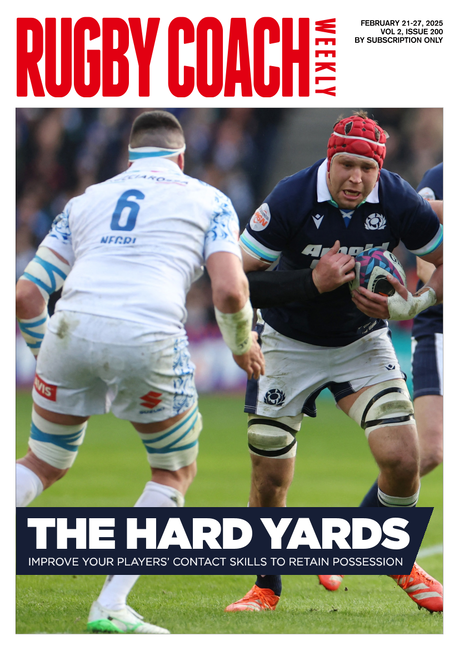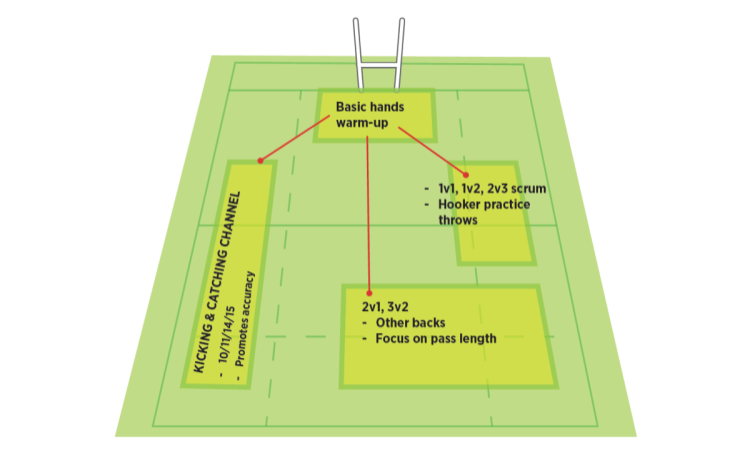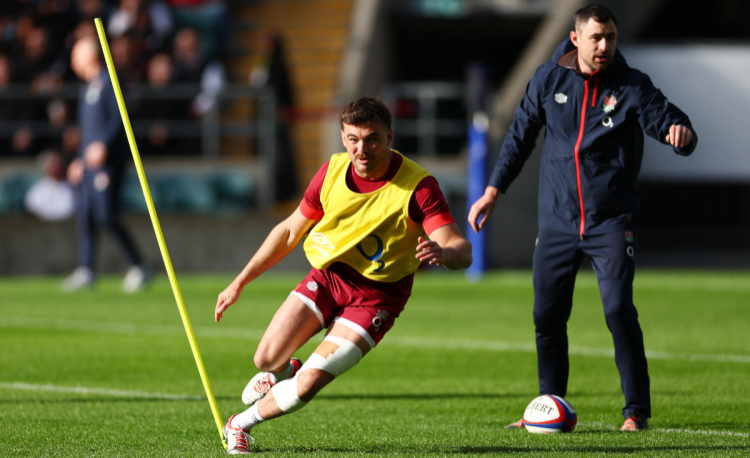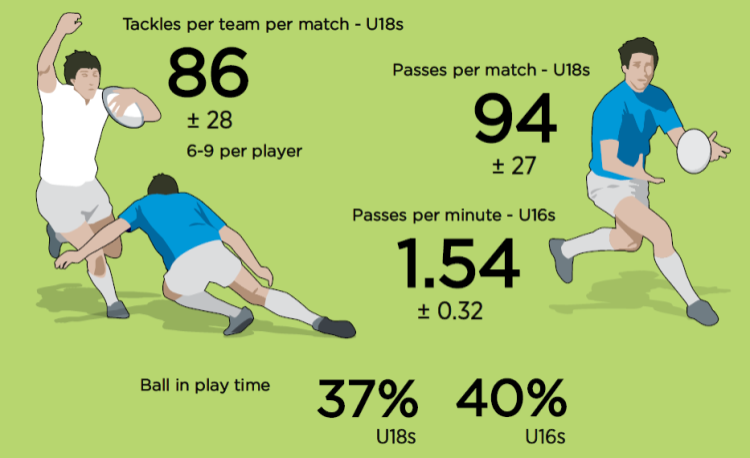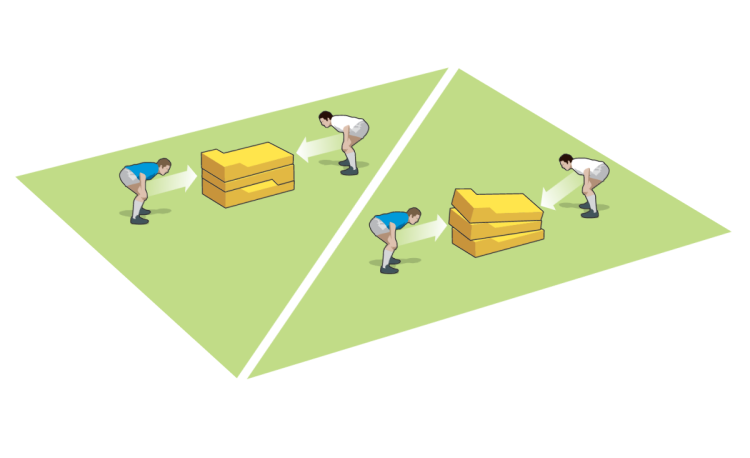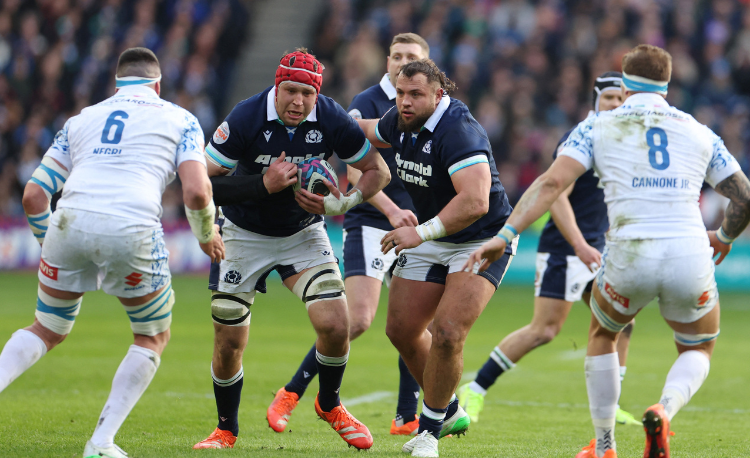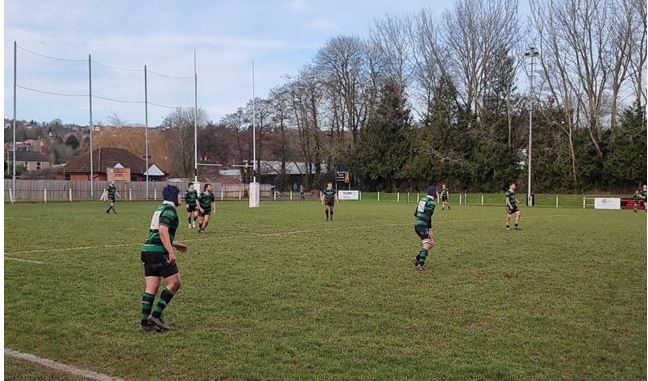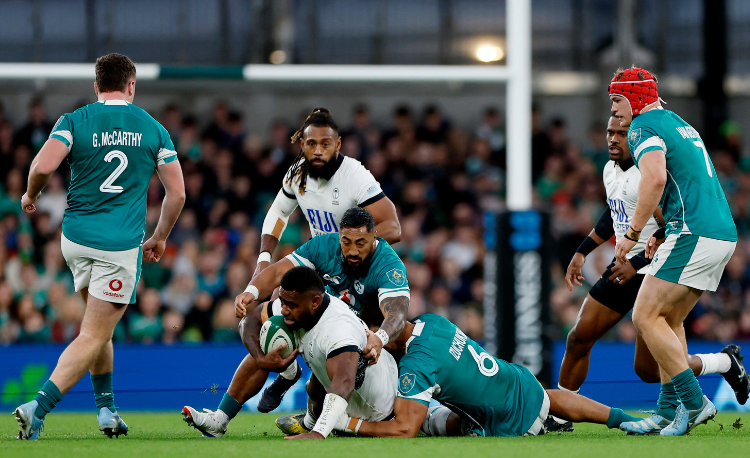Research review: Stretch your horizons for injury prevention
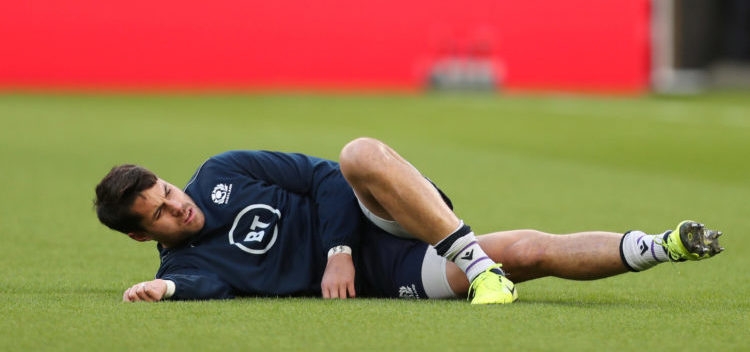
Paper title: ‘Injury prevention effects of stretching exercise intervention by physical therapists in male high school soccer players’; Publication: Scandinavian Journal of Medicine and Science in Sports J Med Sci Sports. 2020 (11):2178-2192; Publication date: November 30th 2020
Stretching is considered by many sportsmen and women as an integral part of a training program particularly when performed to keep injury at bay. After all, the notion that flexible, elastic muscles are less prone to strains and tears, and less likely to place excessive loading on joint structures such as ligaments seems entirely plausible.
However, while this idea is widely accepted among athletes and coaches, scientific support in terms of peer-reviewed research can be described as rather modest at best.
LACK OF EVIDENCE
A large review study (analyzing the pooled findings from previous studies) concluded that there was ‘moderate to strong evidence that the routine application of static stretching by athletes does not reduce overall injury rates’(1). Another large review study concluded that ‘due to the paucity, heterogeneity and poor quality of the available studies, no definitive conclusions can be drawn as to the value of stretching for reducing the risk of exercise-related injury’(2).
More recently, a study on runners concluded that stretching was no more likely to reduce injury risk than other strategies such as functional training or resistance exercises performed at home(3).
Meanwhile, two separate studies investigating the value of stretching to reduce injury rates on military recruits (who tend to undergo heavy training loads under extreme conditions) found only slightly lower injury rates in soldiers who stretched – so slight in fact that the differences were deemed statistically insignificant(4,5).
A LONG-TERM AND SUPERVISED APPROACH
One of the problems of identifying potential stretching benefits in athletes is that many of the studies investigating stretching interventions have been poorly controlled; stretching protocols and frequencies being investigated have not always been rigorously standardized or tailored to the needs of the athlete.
In addition, many were often self-supervised and self-reported by athletes, making it difficult to draw solid conclusions.
Another confounding factor is that studies have often been conducted over short timescales, where the developmental changes in muscle and connective tissues are small, making it harder to observe an effect in terms of injury reduction.
NEW RESEARCH
To try and overcome the obstacles outlined above, a team of Japanese researchers has published new research examining the prevalence of injury after a 12-week stretching intervention for muscle tightness [Scandinavian Journal of Medicine and Science in Sports J Med Sci Sports. 2020 (11):2178-2192].
Importantly, the stretching interventions consisted of instructed stretching exercises, personally designed for each athlete by a qualified physical therapist in order to address muscle tightness, and improve the range of motion and trunk flexibility. The participants were comprised of 124 soccer players who competed in national tournament soccer games held from April 2018 to March 2019. Players were randomly divided into an intervention group (with a 12-week stretching intervention by physical therapists) and a control group (same training but without any stretching intervention).
Players and coaches provided written information regarding injuries and daily training and match times while physical therapists visited each team weekly to collect data and review documentation. Muscle tightness and injury incidence, number, type, location, circumstances, situations, severity, and contents during the 12-week intervention period and a subsequent 40-week observation period were then compared between the stretching and the control (no stretching) groups.
THE FINDINGS
The key finding was that while the rates of injury during the 12-week intervention period were not different between the stretching and control groups, injuries in the stretching group were significantly lower during the 40-week observation period compared to the control group.
Moreover, the reduction in injuries in the stretching group occurred through lower rates of non-contact, lower-limb/trunk, and muscle/tendon injuries – exactly the kinds of injuries you might expect to be reduced with a stretching intervention.
The reduction of injury rates in the stretching group was also accompanied by significant improvements in heel-buttock distance (indicating increased quadriceps flexibility), straight leg-raise distance (better hamstring flexibility), improved hip rotation angles (improved adductor flexibility) and significant improvements in ankle dorsiflexion angles (an indicator of calf muscle flexibility).
PRACTICAL IMPLICATIONS
The relatively large number of subjects and the carefully supervised study design suggests that these results are significant, and provide some fairly robust evidence that a 12-week supervised stretching program may indeed reduce injury rates – not during the intervention itself, but over a longer time period following the intervention.
The key factor for success however may be that the stretches given to the players were individually targeted. Rather like a physician prescribing a particular antibiotic to a patient on the basis of a diagnosed bacterial infection, these stretches were personalized to the needs of each athlete in terms of muscle and joint tightness, and not doled out on a ‘one size fits all’ basis.
For athletes prone to injury and coaches with such athletes in their care, these findings indicate that a 2-stage intervention many be beneficial:
- Athletes are screened by a physiotherapist or similarly qualified clinician to determine areas of muscle and/or joint tightness.
- Specific stretches are then prescribed to address these areas and administered in a supervised fashion over a 3-month period.
A good time to perform this type of intervention would be during the pre-season, where there are no pressures of competition to disrupt or sideline the stretching program, but where the benefits may be experienced during the competitive part of the season!
References
- Res Sports Med. 2008;16(3):213-31
- Man Ther . 2003 Aug;8(3):141-50
- Scand J Med Sci Sports. 2017 Nov;27(11):1372-1383
- Aust J Physiother. 1998;44(3):165-172
- Med Sci Sports Exerc. 2000 Feb;32(2):271-7
SEE ALSO:
Can muscle strength asymmetry impair functional performance?
Sports injury: can you eat your way to recovery?
This article comes from The Sports Performance Bulletin.
Newsletter Sign Up
Coaches Testimonials

Gerald Kearney, Downtown Las Vegas Soccer Club

Paul Butler, Florida, USA

Rick Shields, Springboro, USA

Tony Green, Pierrefonds Titans, Quebec, Canada
Subscribe Today
Be a more effective, more successful rugby coach
In a recent survey 89% of subscribers said Rugby Coach Weekly makes them more confident, 91% said Rugby Coach Weekly makes them a more effective coach and 93% said Rugby Coach Weekly makes them more inspired.
Get Weekly Inspiration
All the latest techniques and approaches
Rugby Coach Weekly offers proven and easy to use rugby drills, coaching sessions, practice plans, small-sided games, warm-ups, training tips and advice.
We've been at the cutting edge of rugby coaching since we launched in 2005, creating resources for the grassroots youth coach, following best practice from around the world and insights from the professional game.

